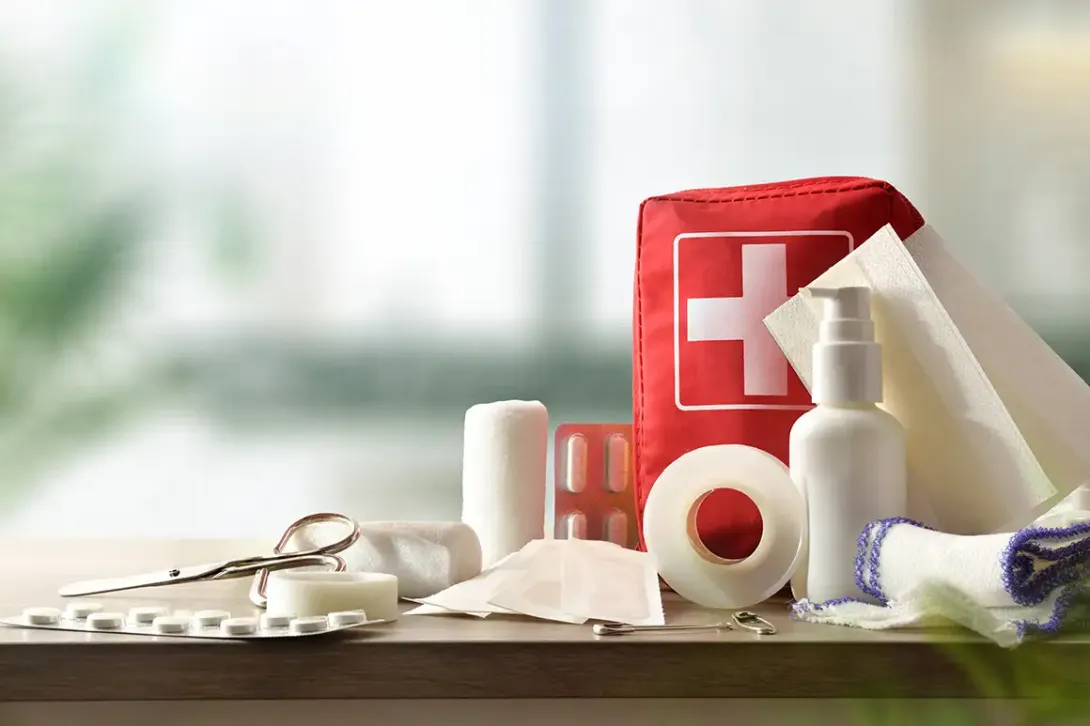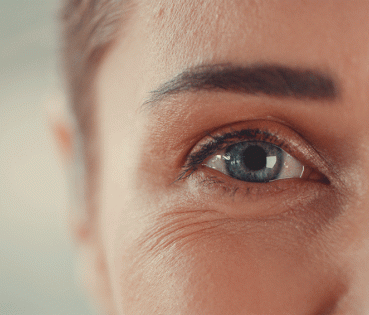
What to do in case of burn?
Burns are one of the most common household accidents. In this article, we'll tell you the most important steps to take when dealing with any type of burn.
Burns are injuries to the skin or other body parts caused by heat or due to radiation, radioactivity, electricity, friction or contact with chemicals, according to the WHO.
These injuries destroy skin cells and their annexes, causing edema and fluid loss. They are one of the most common accidents happening at home and should be treated appropriately depending on the source. From a sunburn up to one caused directly by fire, there can be a whole range of risk situations.
What are the different degrees of burns?
- FIRST-DEGREE. They affect only the outer layer of the skin, causing pain, redness and slight inflammation.
- SECOND-DEGREE. They affect the outer as well as the underlying layer of the skin, causing the same symptoms as in the first case (pain, redness, swelling) and small clusters of lymphatic fluid known as blisters.
- THIRD-DEGREE. They affect the deeper skin layers, reaching down to the fat layer, and are known as full-thickness burns. The skin becomes whitish, dark or visibly burned and may become numb. Grafts are usually required to close the wound.
How to treat a burn?
When facing an injury of this kind, we will act according to whether they are:




